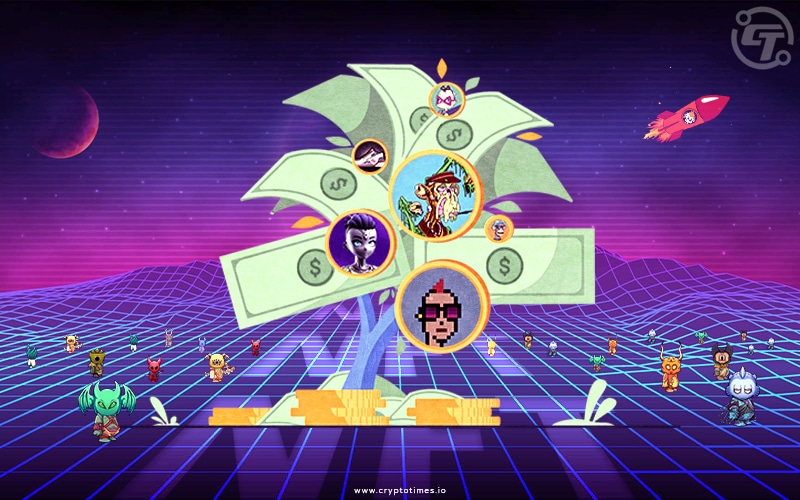The most important thing investors can do before entering the NFT market as an investment opportunity is research. They should approach this task the same way they do research on cryptocurrency. NFT collectors often follow a craze, which unknowingly creates an opportunity for sellers to create a bubble by overpricing the value of these NFTs.
This surprisingly has opened up a completely new market for traders that are not centered around coins, but on unique assets on a blockchain. How can you have a complete overview of assets in such a fast-changing environment?
Read on this article to understand substantial and easy ways to invest in NFTs.
NFT as a New Investment:
NFTs are digital assets that serve as secure proof of ownership and can be a profitable investment for collectors. They can also be risky. You can easily purchase NFTs through exchanges, marketplaces, and individual traders.
With the NFT adoption by multiple blockchains and integration by various marketplaces, keeping an complete overview of your assets does become harder with the rise of the NFT culture. Instead of tracking the price of cryptocurrencies, you now need to track the value of a single non fungible token (NFT) that you eye on.
You can invest in NFTs to earn profits. At the initial stage floor prices of many NFTs are low, however, over a period of time as the trend behind it grows, the value of NFTs also increases. You can also create your own NFT and then sell them to others to earn profits.
With very limited transactions happening for this asset, it becomes harder to pinpoint its value. There are NFT tracker applications available that aim to provide you with insight into these holdings. Based on the transactions in the past, as well as transactions of similar assets, these NFT trackers try to determine the value of the asset.
Also Read: A Guide to NFT Floor Price
Follow Trends in the NFT Space
Next to monitoring your own holdings, it is possible and easier to track famous portfolios and assets. This will help you to better understand and grasp the functionalities of the NFT environment and the value of specific assets. Similar to the art industry, determining the value of an NFT is dependent on the market sentiment and the demand for specific types of art.
By leveraging this functionality, you will probably be able to become an expert in evaluating NFTs.
Integrate all Your Wallets and Exchange Holdings
Tracking NFTs is one thing; what if you would be able to view all your holdings and transact from one overview? The latest crypto technology companies are focusing on that by building NFT trackers. By offering the possibility to show the value of holdings in wallets through the Public Key, they are creating a safe environment for investors to show their holdings.
The tracker application does not have any credentials to go into the wallet and has similar insight as any other Internet user. Since the holdings remain in your wallet, you can continue to participate in consensus and staking. Growing your holdings have never been so easy yet insightful.
Transact Directly from the Tracker
Through integrations with exchanges and brokers, it becomes possible to trade directly from the tracker. You can view the different options and transaction fees and select the option that you are most comfortable with. After conducting the transaction, your holdings are automatically reflected in the crypto tracker.
WHY Should I track NFT?
Eventually, understanding how to track and verify your non-fungible tokens is as important as knowing why to buy and invest in them. Verifying an NFT allows you to know exactly what you’re purchasing, who you’re dealing with, and when the transaction has been completed successfully. Furthermore, you can gather useful market data about all NFT projects from around the world.






